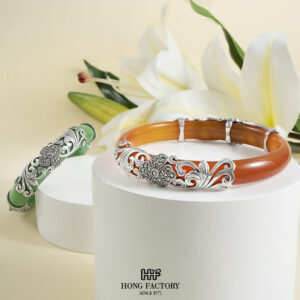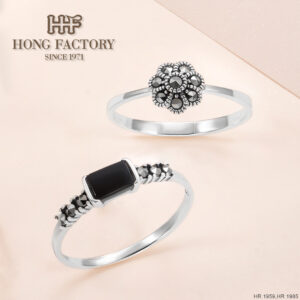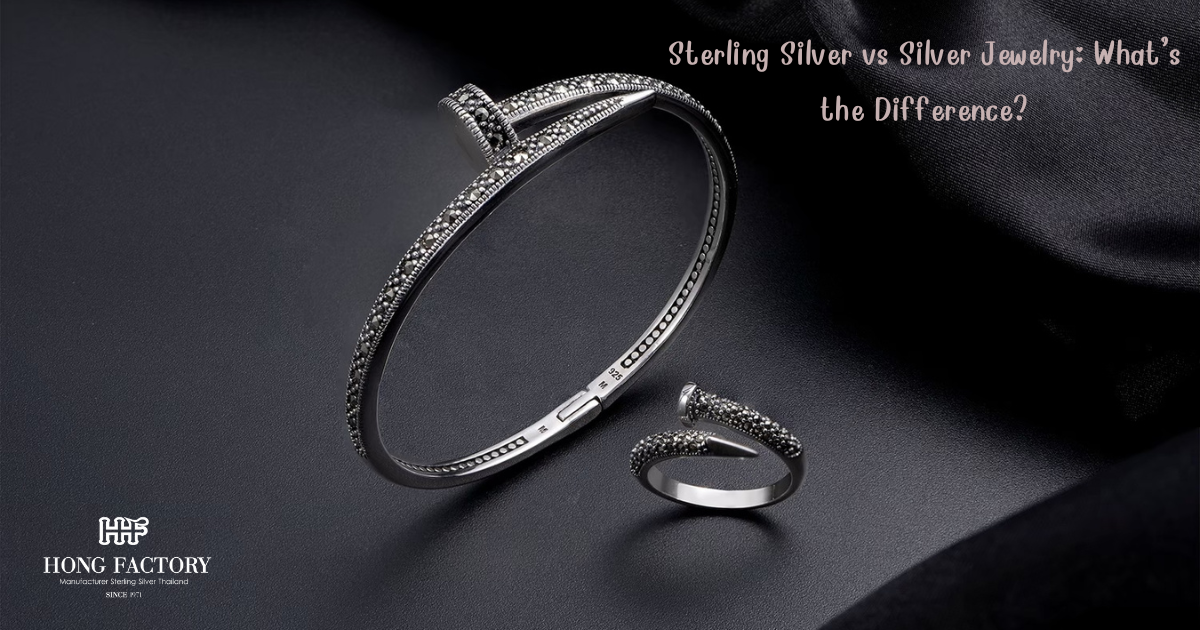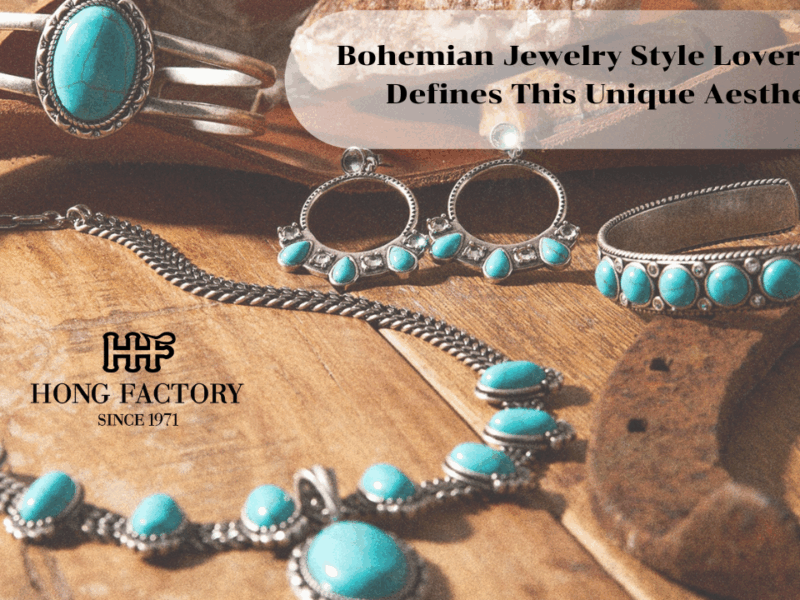Silver jewelry is prized for its elegance and timeless charm, but not all silver is created equal. When shopping for silver accessories, you’ll often encounter terms like “sterling silver” and simply “silver jewelry.” While these may sound interchangeable, there are key differences in composition, quality, and durability.
Understanding these distinctions can help you make informed choices and invest in jewelry that meets your expectations. Marcasite jewelry

What Is Sterling Silver?
Sterling silver is an alloy consisting of 92.5% pure silver and 7.5% other metals, typically copper. This blend enhances the durability of silver, which is naturally soft and prone to bending or scratching. Sterling silver is often stamped with a hallmark such as “925” or “.925” to certify its composition. It is the standard for fine silver jewelry around the world.
Because of its strength and beauty, sterling silver is used to craft rings, necklaces, bracelets, and other pieces meant for everyday wear. Its slightly muted luster gives it a sophisticated finish that complements both modern and vintage-inspired designs.
What Does “Silver Jewelry” Mean?
“Silver jewelry” is a broader and often more ambiguous term. It can refer to:
- Sterling silver jewelry
- Silver-plated jewelry (a thin layer of silver over a base metal)
- Pure or fine silver (99.9% silver, too soft for most wearables)
In many cases, especially with budget jewelry, “silver jewelry” refers to silver-plated items. These pieces have a minimal amount of silver coating a less expensive metal like copper or brass. Over time, this coating can wear off, exposing the base material underneath.
How to Choose the Right One
Your ideal choice depends on your needs and budget:
- Choose sterling silver if you want quality, long-term value, and something you can wear often.
- Choose silver-plated jewelry for fashion-forward pieces that won’t be worn every day and come at a lower price point.
Sterling silver is especially recommended for meaningful gifts, heirlooms, and investment-worthy pieces.

How to Spot Authentic Sterling Silver
- Look for a hallmark: “925,” “.925,” or the word “Sterling” is a strong indicator.
- Do the magnet test: Real sterling silver is not magnetic.
- Check for tarnish: Authentic sterling silver will naturally tarnish and can be polished back to shine.
The term “silver jewelry” may sound luxurious, but it’s important to know what you’re really buying. Sterling silver is real silver durable, valuable, and designed to last. In contrast, many items labeled simply as silver may only be plated and offer short-term appeal. By understanding the difference, you’ll be better equipped to select jewelry that fits your style, skin sensitivity, and budget for the long haul.


